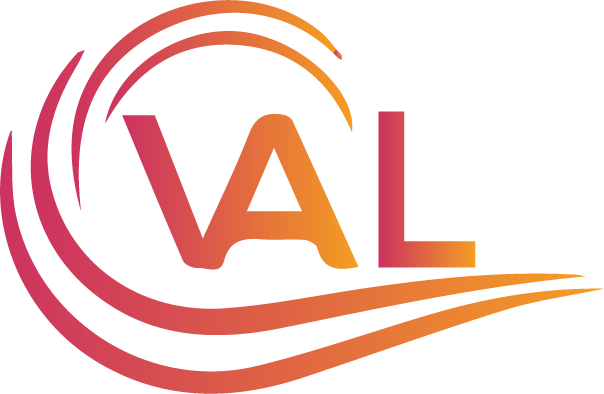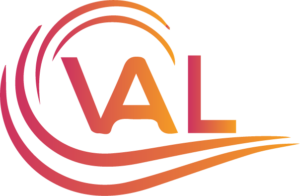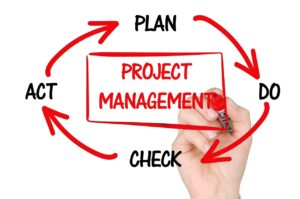Cost management involves the planning, estimation, budgeting, and control of costs throughout a project or organizational lifecycle. The aim is to minimize unnecessary expenses while still meeting strategic goals and maintaining quality. By identifying, measuring, and analyzing costs, businesses can make informed decisions and strategically allocate resources.
Why Is Cost Management Important?
- Maximizing Profitability
Effective cost management ensures that a company’s resources are used efficiently, which directly impacts the bottom line. Identifying areas of waste and implementing cost-saving measures helps increase profit margins. - Risk Mitigation
Uncontrolled spending can lead to cash flow issues, debt, and financial instability. Monitoring and controlling costs help organizations avoid financial pitfalls and remain agile in volatile markets. - Informed Decision-Making
When managers have a clear understanding of the cost implications of various initiatives, they can prioritize projects and investments more strategically, balancing short-term gains with long-term growth. - Competitive Advantage
Companies that master cost management can offer competitive pricing, invest in innovation, and deliver better value to customers—key differentiators in crowded marketplaces.
Core Components of Cost Management
- Cost Estimation
- Market Research: Gather data on pricing trends, historical costs, and competitor benchmarks.
- Expert Judgement: Leverage internal expertise and industry specialists to forecast costs accurately.
- Quantitative Tools: Use techniques such as parametric estimating or bottom-up analysis for a detailed breakdown.
- Budgeting
- Allocate Resources: Develop a comprehensive budget that aligns with strategic objectives.
- Set Contingencies: Factor in potential risks and unexpected expenses to avoid budget shortfalls.
- Regular Reviews: Update the budget as new information emerges or project scopes change.
- Cost Control and Monitoring
- Track Expenses in Real Time: Use accounting software or project management tools for up-to-date insights.
- Variance Analysis: Compare actual spending against the budget to spot discrepancies early.
- Change Management: Implement a formal process for approving additional costs or scope changes.
- Reporting and Analysis
- Dashboards and KPIs: Focus on key metrics like cost variance, cost performance index (CPI), and return on investment (ROI).
- Trend Analysis: Look for spending patterns over time to predict future cost behaviors.
- Continuous Feedback: Share findings with stakeholders to drive accountability and continuous improvement.
- Continuous Improvement
- Lessons Learned: Post-project reviews help identify what went well and areas for cost optimization.
- Benchmarking: Compare performance against industry standards to set realistic targets.
- Technology Adoption: Explore automation, AI-driven analytics, and process enhancements to reduce operational costs.
Best Practices for Effective Cost Management
- Establish Clear Goals
Define what success looks like in terms of both financial and strategic objectives. Align cost management initiatives with broader organizational aims. - Use Integrated Tools
Comprehensive project management or enterprise resource planning (ERP) systems streamline data collection, reporting, and analysis, making it easier to maintain cost visibility. - Encourage Collaboration
Cross-functional teams should be involved in budgeting and cost control. Shared ownership prevents siloed decision-making and fosters a culture of cost awareness. - Adopt Agile Methodologies
When possible, break larger projects into smaller phases with iterative budgets and cost reviews. This allows you to adapt quickly to unforeseen changes. - Monitor Regularly
Schedule frequent cost reviews and adjust budgets, priorities, or processes as needed. This proactive approach helps catch issues before they escalate.
Common Challenges and How to Overcome Them
- Lack of Transparency:
Implement robust reporting tools and cultivate a culture of openness. When team members clearly understand the financial health of a project, they can make better decisions. - Underestimating Costs:
Build contingency into every budget and perform thorough risk assessments to avoid unpleasant surprises down the line. - Scope Creep:
Strict change control and stakeholder communication can keep project scope from expanding unmanageably, preventing budget blowouts. - Resistance to Change:
Offer training and communicate the benefits of cost management initiatives. Demonstrating how cost control leads to job security and growth can help win buy-in.
Conclusion
Cost management is more than just a defensive measure to cut spending—it’s a strategic initiative that drives efficiency, profitability, and sustainable growth. By establishing clear goals, leveraging the right tools, and fostering a culture of accountability, organizations can effectively manage costs while still delivering high-quality products and services. Embrace cost management as a proactive, ongoing process, and you’ll not only safeguard your financial health but also secure a competitive edge in the marketplace.




